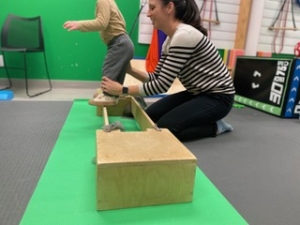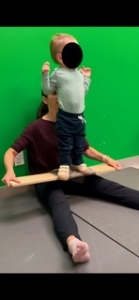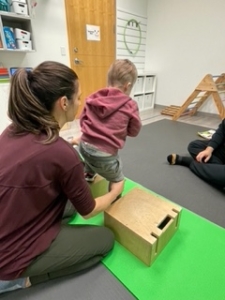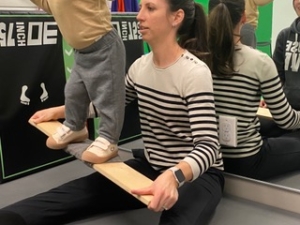Helping Your Child Thrive: How IFS Therapy Can Build Confidence & Emotional Resilience
As a parent, you want the best for your child. But navigating the world of child therapy can feel overwhelming—especially with endless information online and differing opinions from experts, books, and well-meaning friends.
If your child struggles with big emotions, anxiety, or challenging behaviors, you’re not alone. And the good news? The most impactful part of therapy isn’t the specific method—it’s the safe, supportive space where your child feels truly heard, understood, and empowered.
At PlayWorks, we offer Internal Family Systems (IFS) therapy, a compassionate and research-backed approach that helps children understand their emotions, reduce anxiety, and build lifelong emotional resilience—all while feeling empowered and in control of their inner world.
What Is IFS and How Can It Help My Child?
Internal Family Systems (IFS) is a gentle and non-judgmental approach that helps kids understand and work through their emotions. Rather than labeling big feelings like anxiety, anger, or sadness as “bad,” IFS teaches children that these emotions are natural parts of them, trying to help in their own way.
👉 Think of it like the movie Inside Out—our minds are made up of different parts (like Joy, Sadness, and Anxiety), all working together. Sometimes, a part—like anxiety—becomes too big and takes over. IFS helps children understand, work with, and balance these parts so they don’t feel overwhelmed.
At the center of it all is what IFS calls the Self—the part of your child that is calm, confident, and compassionate. Therapy helps bring that best version of them to the forefront, so they feel more in control of their thoughts and emotions.
Why IFS is Great for Kids
✅ Teaches Self-Compassion – Kids learn that all their emotions serve a purpose, helping them let go of shame or frustration about their reactions.
✅ Helps Manage Anxiety & Big Emotions – Instead of being controlled by their fears or worries, kids learn how to work with their emotions and regain balance.
✅ Encourages Emotional Resilience – IFS gives children tools to self-regulate so they can confidently handle life’s ups and downs.
✅ Creates a Safe Space to Talk – Your child will have a dedicated therapist who listens without judgment and helps them process their thoughts and feelings.
IFS in Action: What Therapy Looks Like at PlayWorks
During therapy sessions at PlayWorks Physio, our Registered Clinical Counsellor will help your child:
🎭 Explore their emotions through storytelling, play, or creative activities.
💡 Learn to identify and name their different “parts” (for example, “This is the part of me that worries about making mistakes”).
❤️ Build a positive, trusting relationship with their emotions rather than feeling overwhelmed by them.
Every child is unique, and we tailor each session to meet their specific needs, personality, and comfort level.
Is IFS Right for My Child?
If your child:
✔️ Struggles with anxiety, perfectionism, anger, or emotional outbursts
✔️ Feels overwhelmed by their emotions but can’t explain why
✔️ Has trouble with self-confidence, social skills, or transitions
✔️ Could benefit from a safe space to process their feelings
Then IFS therapy may be a great fit!
At PlayWorks, we are committed to helping your child feel empowered, confident, and emotionally strong.
📞 Want to learn more? Contact us today to schedule a complimentary phone consultation with our Registered Clinical Counsellor and find out how we can support your child’s journey.
Final Thoughts: A Positive Approach to Therapy
Therapy is not about “fixing” a child—it’s about giving them the tools to navigate life’s challenges with confidence and resilience.
With IFS therapy at PlayWorks, your child will learn to understand, accept, and work with their emotions, leading to a happier, more balanced life.
🌟 Let’s help your child thrive—reach out today! 🌟




